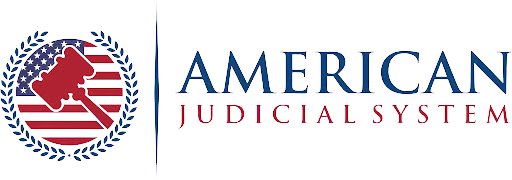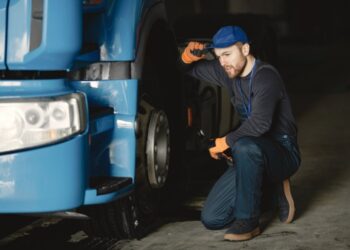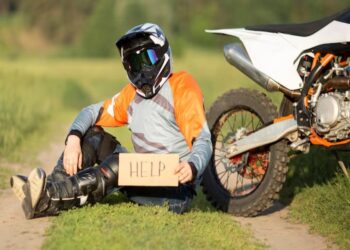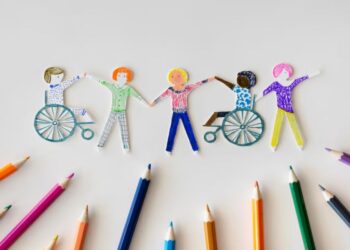Southfield, MI, is a lively suburban city where major highways like I-696 and the Lodge Freeway meet, bringing together commuters, families, and professionals every day. With such a busy network of roads, car collisions can occur even in the most routine circumstances—whether at a crowded intersection near Evergreen Road or on the slick lanes after a Michigan snowfall. When accidents happen, understanding who is legally responsible becomes critical.
Determining liability is not just about pointing fingers; it’s about examining every contributing factor—from driver behavior and road conditions to insurance coverage and traffic laws. These details shape how compensation is sought and how justice is ultimately served. For many, clarity begins with experienced legal insight. David Christensen emphasizes that knowing how liability is assessed empowers victims to protect their rights, navigate the aftermath with confidence, and ensure that those at fault are held fully accountable for their actions.
What Is Liability?
Liability is the legal responsibility one party has in an accident. In car collisions, this typically means figuring out whose actions induced the impact. Liability must be determined for insurance claims and legal processes.
Factors Influencing Liability
Liability in car accidents can be determined through several factors. This can range from traffic laws, eyewitness accounts, and evidence from the scene. They all contribute to building an image of the event that unfolded.
Traffic Laws
Traffic regulations are the guiding principles for assigning fault. When a driver breaks these rules, they are typically considered at fault. Speeding, running red lights, and not yielding are among the most common violations. These rules must be kept in mind for road safety.
Eyewitness Accounts
Witnesses have a significant role as they can account for what happened during the accident. Their objectivity sheds light on the events prior to the collision. Witness statements can have a significant impact on the determination of liability.
Evidence From the Scene
In investigations of accidents, every piece of evidence collected from the crash scene is important. Consequently, things like photographs, videos, and skid marks can serve as solid evidence of the event. This data frequently assists in reconstructing the event and can further lead to making a fair case against the guilty party.
Types of Liability
There are different types of responsibilities in car accidents. Clarifying these can help untie the knot and figure out what step needs to be taken next.
Comparative Negligence
Sometimes there is a mixed-fault accident involving both drivers. With comparative negligence, both parties share some of the blame. This method enables payment on the basis of the percentage of liability. In the example of the first driver being 70% at fault, they might be responsible for paying for 70% of any damages.
Contributory Negligence
Under pure contributory negligence, if a driver is at all responsible for the accident, then they may receive nothing. That strict standard can actually bar recovery even where the injured party was only partially at fault for the crash.
No-Fault Systems
There are places that work on a no-fault system. Drivers collect from their insurance companies, no matter who was at fault, in these areas. This simplifies the claims process, but might restrict suing for further damages.
Insurance and Liability
Insurance has a very important function when it comes to liability in the event of a car accident. Drivers can prepare for potential incidents by understanding coverage options.
Liability Insurance
Many places mandate that motorists have liability insurance. It covers the damages and injuries that the insured person causes to others. This has nothing to do with the losses that the policyholder may suffer.
Comprehensive Coverage
Comprehensive coverage pays for other damages, such as theft or weather damage. This type of insurance provides coverage for more events than liability insurance.
Collision Coverage
Collision coverage pays when qualifying damage is done to the policyholder’s vehicle, no matter who is to blame. This is especially beneficial during accidents which have disagreements or where liability becomes ambiguous.
What To Do After a Crash
Having an idea of what to do following an accident can play a significant role in establishing fault and getting compensation.
Ensure Safety
The most important thing is ensuring the safety of all parties involved. If you can, remove vehicles to a safe location and check for injuries. If there are injuries or notable damage, it is necessary to call emergency services.
Exchange Information
Exchange information with the other driver about contact and insurance. This will be useful while filing claims and resolving liability issues.
Document the Scene
Take pictures and notes of the accident scene. This means documenting the position of your vehicle, the condition of the road where it happened, and any visible wounds you can see on a person who is injured will help you later on.
Contact Authorities
In lots of cases, contacting the police is very important. And police reports also give a formal account of the accident, which is helpful in figuring out fault.
Conclusion
Anyone who drives on the street has to learn about liability in motor vehicle accidents. Drivers who understand the factors contributing to liability and the different types of insurance can make things easier after an accident. Adhering to these post-collision steps will allow you to handle everything much more smoothly. Such knowledge enables people to safeguard their rights and get compensation.










